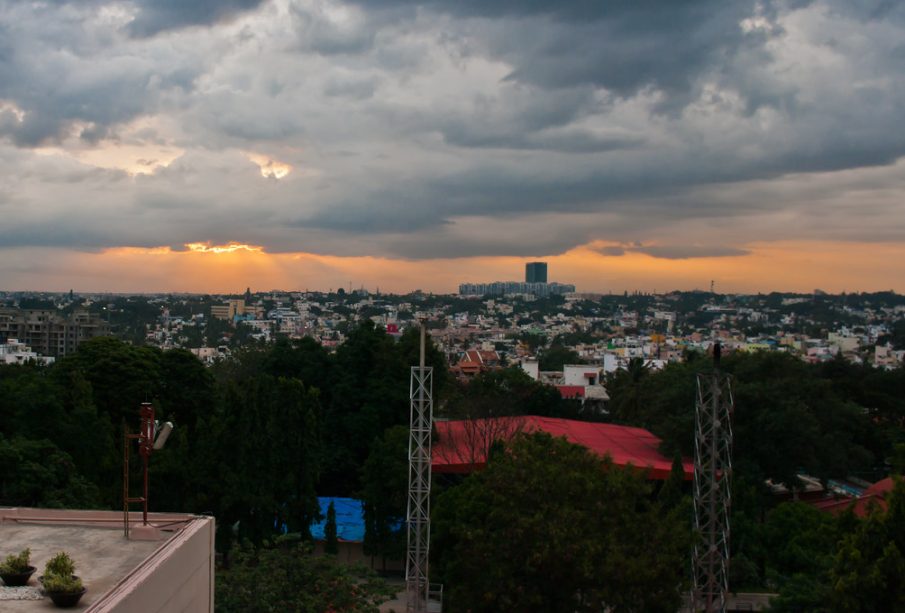Bangalore: The Silicon Valley of India

Introduction
Bangalore, officially known as Bengaluru, is not just the capital city of Karnataka; it stands tall as the Silicon Valley of India. With its vibrant tech culture and growing startup ecosystem, Bangalore is pivotal in shaping the country’s economic landscape. As industries increasingly depend on technology, the city’s relevance in the global market has never been more pronounced.
Current Developments in Bangalore
In recent years, Bangalore has attracted an influx of investments from both domestic and international firms. According to the ‘Startup India’ initiative, headquartered in Bangalore, the city houses over 7,000 tech startups, and approximately 30% of India’s unicorns, companies valued at over $1 billion, originate from here. This impressive statistic underscores the city’s status as an innovation powerhouse.
The 2023 Global Startup Ecosystem Report ranks Bangalore as one of the top 20 startup ecosystems in the world. The city saw significant investments during the first half of 2023, amounting to over $3 billion, which reflects confidence among venture capitalists in Bangalore’s potential.
Key Sectors Thriving in Bangalore
Bangalore is renowned for its robust IT sector, hosting major global companies such as Infosys, Wipro, and multinational corporations like Google and Microsoft. However, the scope extends beyond IT. Areas like biotechnology, aerospace, and education technology are also gaining momentum, diverse talents are drawn to Bangalore’s job opportunities.
The state government has launched various initiatives to foster innovation. The Karnataka Start-up Policy emphasizes the creation of infrastructure to support startups, leading to the establishment of incubators and research centers dedicated to tech advancements.
Challenges and Future Outlook
Despite its success story, Bangalore faces challenges, including infrastructure strains, traffic congestion, and high living costs. The increased population due to job migrations has resulted in higher demands for transport and utilities.
To mitigate these issues, the Bangalore Development Authority has initiated projects aimed at enhancing urban infrastructure, including a comprehensive metro expansion plan and improved public transport systems.
Conclusion
Bangalore stands as an emblem of growth and opportunity in India’s technological narrative. As it evolves, the city will likely continue attracting talent and investment. For residents and investors alike, understanding the dynamics of Bangalore is pivotal, as the city’s journey is only bound to accelerate, shaping the future of technology in India.









